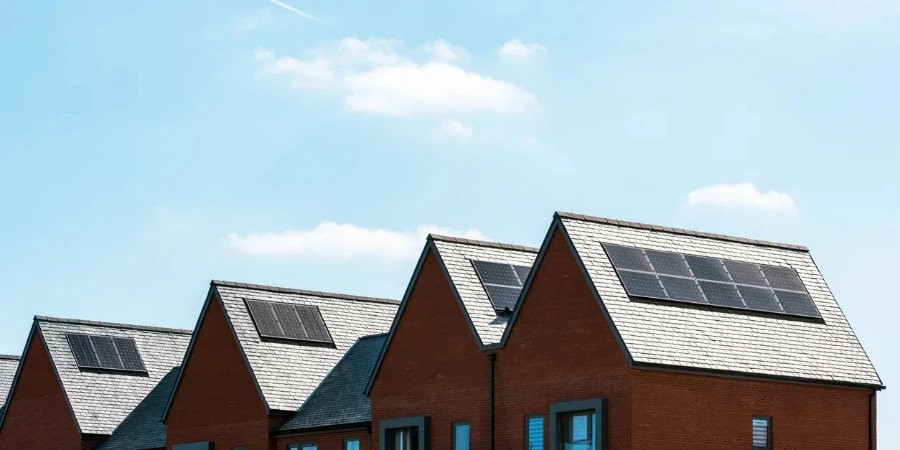The shift towards renewable energy sources is gaining momentum across the globe, and the UK is no exception. With the increasing demand for sustainable and eco-friendly energy solutions, solar roof tiles have emerged as a groundbreaking innovation. Unlike traditional solar panels, solar roof tiles offer a seamless integration into your home’s architecture, providing a dual function of shelter and power generation. This article delves into the essential aspects of solar roof tiles in the UK, offering insights into their benefits, installation process, cost-effectiveness, durability, and environmental impact.
Table of Contents:
– What are solar roof tiles?
– Benefits of installing solar roof tiles
– Understanding the installation process
– Cost-effectiveness of solar roof tiles
– Durability and maintenance
– Environmental impact of solar roof tiles
What are solar roof tiles?
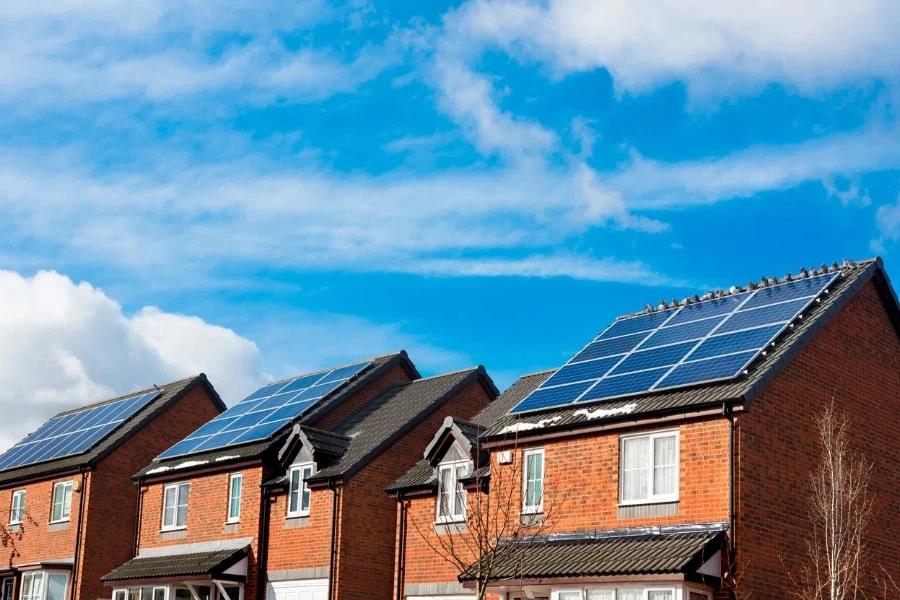
Solar roof tiles, also known as photovoltaic shingles, are innovative roofing materials that convert sunlight into electricity. Designed to blend with traditional roofing materials, these tiles offer a more aesthetic and integrated alternative to conventional solar panel systems. Each tile contains photovoltaic cells that capture sunlight and convert it into electrical energy, which can then be used to power your home. The integration of solar technology into roofing materials represents a significant advancement in residential solar energy, making it more accessible and appealing to homeowners.
Benefits of installing solar roof tiles

One of the primary advantages of solar roof tiles is their aesthetic appeal. They provide a sleek, unobtrusive look that enhances the overall appearance of your home, unlike the bulkier profile of traditional solar panels. Additionally, solar roof tiles increase the value of your property by improving its energy efficiency and making it more attractive to potential buyers who prioritize sustainability. Moreover, homeowners can enjoy reduced electricity bills, as solar roof tiles harness the sun’s energy to generate power, decreasing reliance on the grid.
Understanding the installation process

The installation of solar roof tiles is more complex than that of traditional solar panels, requiring professional expertise. It involves replacing part or all of the existing roofing material with solar tiles, which are then connected to the home’s electrical system. The process begins with a thorough assessment of your roof’s structure to ensure it can support the weight of the tiles and capture sufficient sunlight. Skilled technicians then install the tiles, integrating them seamlessly with your existing roof. The complexity of the installation means it can be more time-consuming and expensive, but the long-term benefits often outweigh these initial challenges.
Cost-effectiveness of solar roof tiles
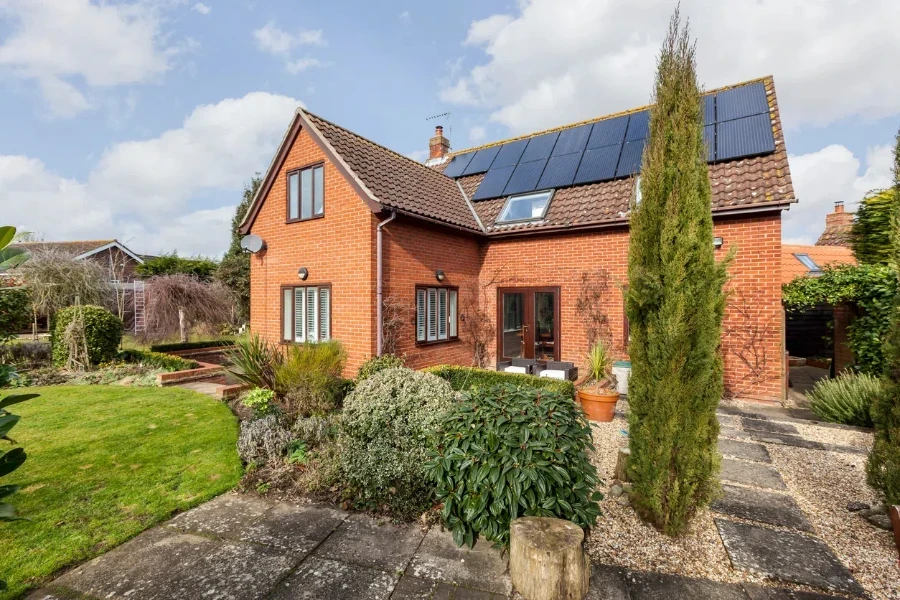
While the upfront cost of solar roof tiles can be higher than traditional solar panels, their long-term savings and added property value make them a cost-effective solution for many homeowners. The exact cost depends on several factors, including the size of your roof, the amount of sunlight it receives, and the specific product chosen. Government incentives and solar energy schemes in the UK can also help offset the initial investment, making solar roof tiles an economically viable option for those looking to reduce their energy bills and environmental footprint.
Durability and maintenance
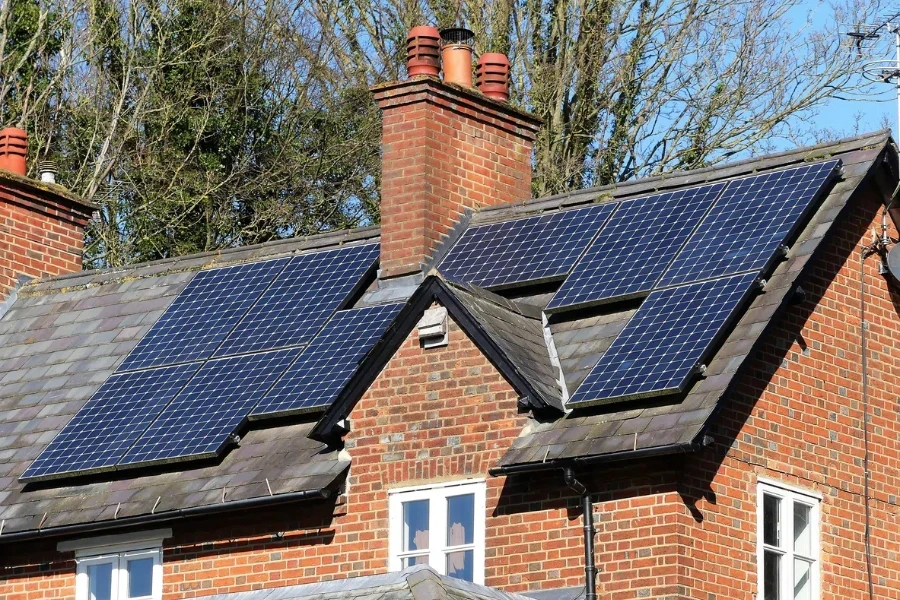
Solar roof tiles are designed to be as durable as conventional roofing materials, with many products boasting a lifespan of 25 to 30 years. They are built to withstand harsh weather conditions, including heavy rain, strong winds, and snow, ensuring continuous energy production throughout the year. Maintenance requirements are minimal, with occasional cleaning to remove debris and ensure maximum efficiency being the only regular upkeep needed. This durability and low maintenance further enhance the appeal of solar roof tiles as a long-term renewable energy solution.
Environmental impact of solar roof tiles
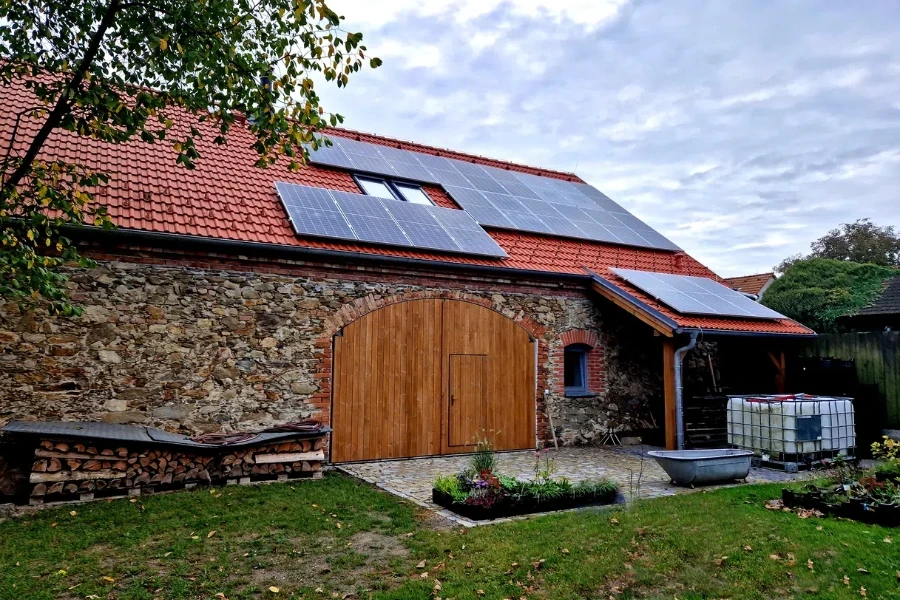
The adoption of solar roof tiles plays a significant role in reducing carbon emissions and combating climate change. By generating clean, renewable energy, they decrease the reliance on fossil fuels and lower the carbon footprint of residential properties. Furthermore, the production of solar roof tiles is becoming increasingly eco-friendly, with manufacturers focusing on sustainable materials and processes. This commitment to environmental sustainability makes solar roof tiles an excellent choice for homeowners looking to contribute to a greener future.
Conclusion:
Solar roof tiles represent a significant leap forward in the integration of renewable energy solutions into everyday life. Offering a blend of aesthetic appeal, cost-effectiveness, durability, and environmental sustainability, they provide a compelling alternative to traditional solar panels. For homeowners in the UK considering a move to solar energy, solar roof tiles offer a promising and practical option that aligns with both their energy needs and environmental values.
